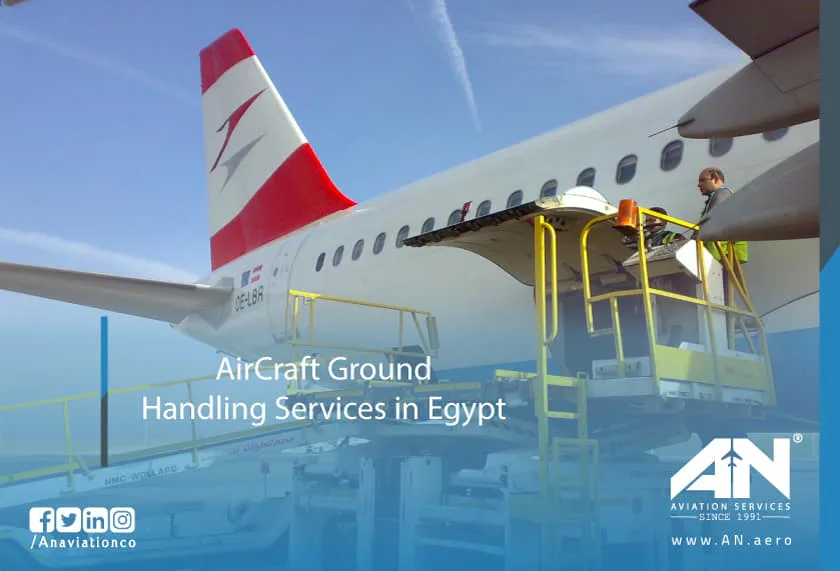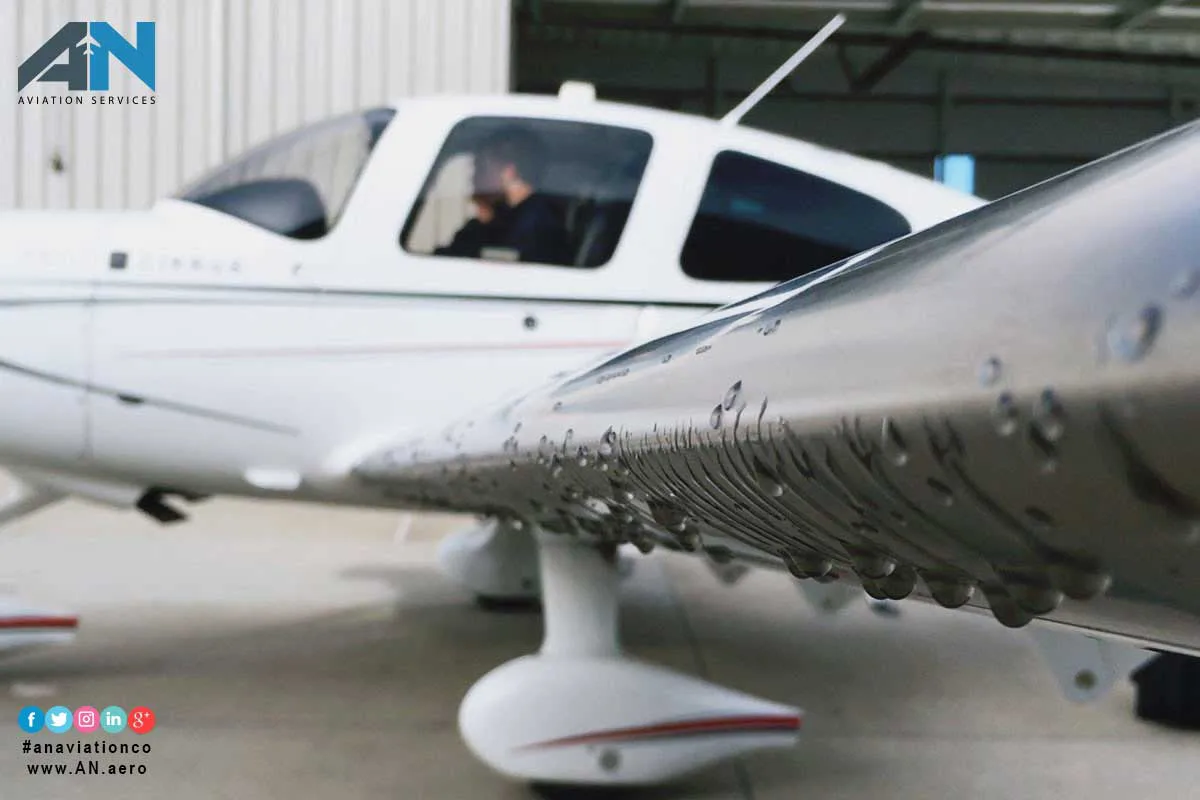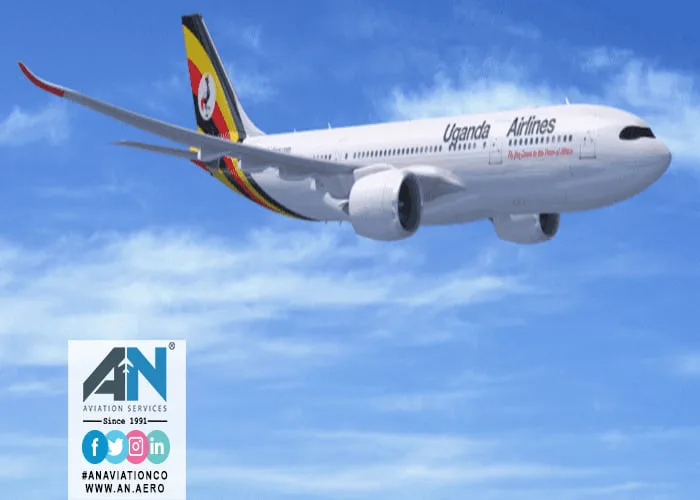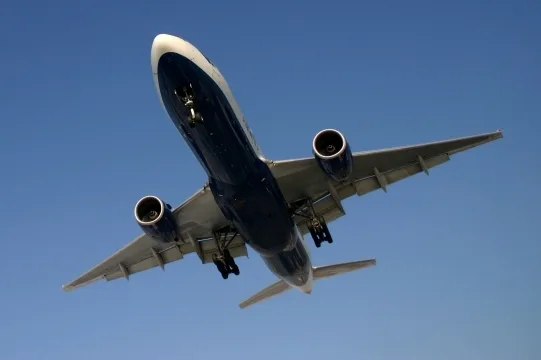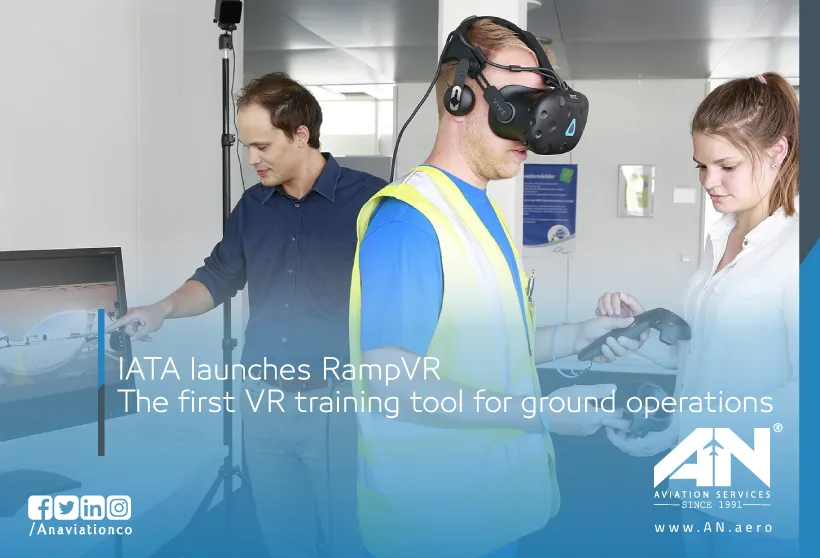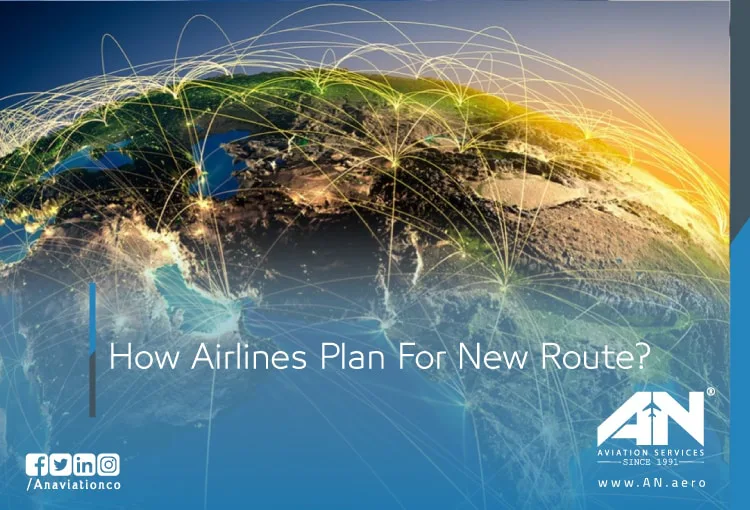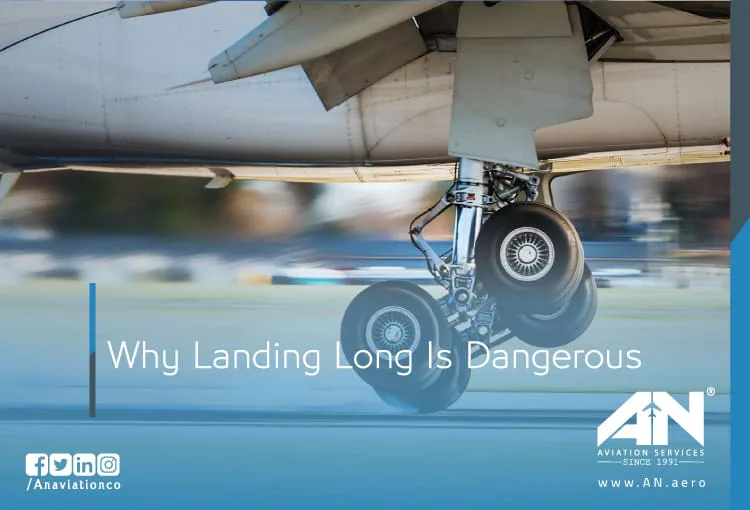
Landing an aircraft safely is one of the most critical phases of any flight. While takeoffs and cruising are crucial, landings demand precision, focus, and a clear understanding of the environment. Among the various factors that influence a successful landing, one common yet dangerous mistake pilots can make is landing long—touching down further down the runway than intended.
Although runways may seem like they provide plenty of room, landing long reduces the safety margin dramatically, leaving little room for error. It’s not just about runway length—it’s about the consequences that follow. In this article, we’ll explore what landing long means, why it occurs, and the risks associated with it.
What Does “Landing Long” Mean?
“Landing long” refers to a situation where an aircraft touches down on the runway significantly beyond the designated touchdown zone. Runways are carefully designed, and their markings guide pilots to land within specific areas. These zones ensure the aircraft has ample space to decelerate and come to a complete stop.
When an aircraft lands too far down the runway, the available distance for braking decreases. For shorter runways or situations where weather or load factors come into play, landing long can make stopping in time impossible.
Causes of Landing Long
There are several reasons why pilots may inadvertently land long, ranging from environmental conditions to human error. Here are a few key causes:
High Approach Speeds:
If an aircraft approaches the runway too fast, it can result in overshooting the intended touchdown point. This is especially common if the pilot doesn’t adjust their descent properly during the final stages of approach.
Tailwinds During Landing:
While headwinds slow the aircraft down, tailwinds increase its ground speed, making it harder to land within the targeted zone. Pilots must compensate for this during approach to avoid touching down further than planned.
Misjudged Descent Path:
An improper glide slope or an approach angle that is too shallow can lead to a late touchdown. Precision is key, and even small errors in descent planning can cause a significant impact.
Wet or Slippery Runway Conditions:
Reduced friction on the runway surface due to rain, ice, or snow makes it difficult to slow down effectively. When coupled with landing long, these conditions create a dangerous combination.
Pilot Distraction or Fatigue:
Human error, such as distractions in the cockpit or fatigue from long-haul flights, can affect a pilot’s focus and judgment during the approach.
Why Landing Long is Dangerous?
Landing long can escalate into a potentially hazardous situation for the aircraft, passengers, and crew. Below are the primary dangers associated with this scenario:
1. Runway Overrun:
One of the most severe risks of landing long is the possibility of a runway overrun—where the aircraft runs out of runway space and continues onto soft ground or obstacles at the end of the runway. This can lead to significant damage to the aircraft and potential injuries to passengers and crew.
2. Inadequate Braking Distance:
When a plane touches down beyond the intended zone, the remaining runway may not provide enough room to decelerate safely. This is particularly dangerous for larger, heavier aircraft that require longer stopping distances.
3. Compromised Go-Around Decision:
A go-around is a standard procedure when a landing doesn’t go as planned. However, when landing long, there may not be enough runway left to initiate a go-around safely. This limits the pilot’s options and increases the likelihood of a dangerous situation.
4. Runway Conditions and Obstacles:
If the runway is wet, icy, or otherwise slippery, the aircraft’s braking ability is already compromised. Landing long in such conditions further increases the chance of overrunning. Additionally, many runways end near obstacles like fences, water bodies, or uneven terrain, making an overrun even riskier.
5. Damage to Aircraft Tires and Braking Systems:
Excessive braking or hard landings, often required after landing long, can place immense strain on the aircraft’s tires and braking systems. This may lead to equipment failure, putting future operations at risk.
Real-World Examples
There have been notable incidents where landing long resulted in runway overruns and accidents. For instance, in some cases involving smaller runways or adverse weather conditions, pilots failed to stop in time, leading to serious consequences. These incidents underscore the importance of landing within the designated zones to ensure safety.
Preventing Landing Long
Both pilots and air traffic controllers play a vital role in preventing landing long. Here’s how:
- Accurate Approach Planning: Pilots must adhere to the correct glide slope and approach speeds, ensuring they are aligned with the runway and touchdown zone.
- Accounting for Weather Conditions: Tailwinds, crosswinds, and slippery runway surfaces should be carefully considered during approach. Adjustments to speed and descent angle can help mitigate these factors.
- Regular Training and Simulations: Training programs and simulations can help pilots practice landing techniques in various conditions, including scenarios involving short runways or poor visibility.
- Effective Communication with ATC: Air traffic controllers provide crucial information about wind direction, speed, and runway conditions. Pilots must use this data to plan their approach effectively.
Conclusion
Landing an aircraft safely requires a blend of precision, skill, and situational awareness. While runways may offer plenty of room, landing long reduces the safety margins and increases the risk of overrunning, inadequate braking, or other complications.
Understanding the causes and risks of landing long emphasizes the need for careful approach planning, training, and communication. With the aviation industry’s emphasis on safety and technological advancements, pilots are better equipped than ever to make safe landings, ensuring passengers and crew can arrive at their destinations securely.
The next time you see an aircraft gracefully touch down on the runway, you’ll appreciate the meticulous planning and expertise behind it—and why hitting the mark is absolutely crucial.




